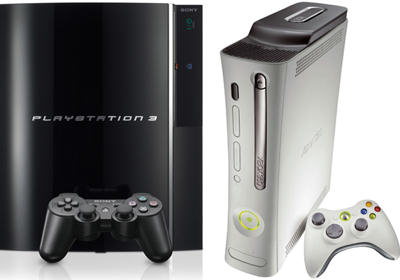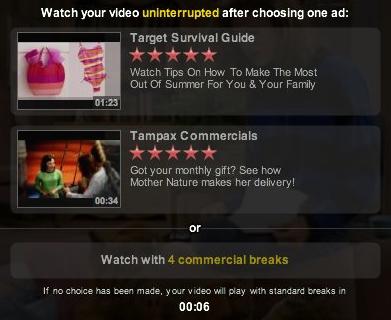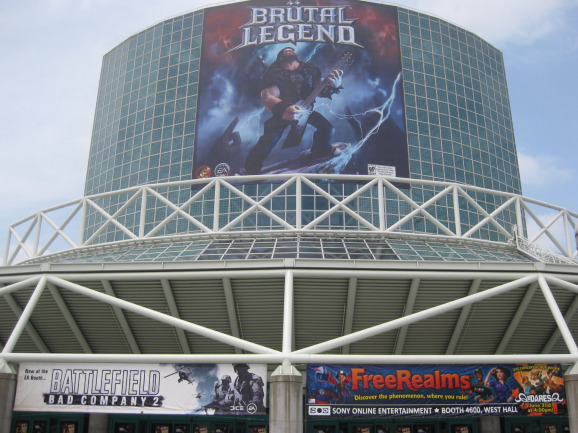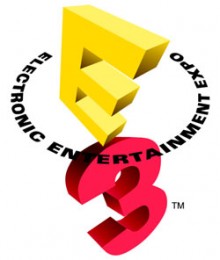 I’m getting used to the idea that when an online video portal creates a TV-optimized viewing experience, it won’t let people watch any of the content they actually care about.
I’m getting used to the idea that when an online video portal creates a TV-optimized viewing experience, it won’t let people watch any of the content they actually care about.
Such is the case with Joost’s new video player, designed with the Playstation 3’s Web browser in mind. While it’s good for watching music videos and promotional television clips, Destructoid says Viacom, Warner Bros. and CBS content isn’t available (so, no Ren & Stimpy). CBS imposes similar limitations on YouTube XL, a viewer optimized for television.
The optimized Joost viewer, accessible through labs.joost.com/tv, arranges navigation in a manner similar to YouTube XL. It even turns the PS3 controller into a remote by mapping useful functions to the buttons. Destructoid tried it out and said the video quality looks “just below standard definition” on a 720p monitor. Too bad there’s no television to watch.
Like Hulu, it’s been possible to access Joost through the PS3’s browser since October, when the console updated to include Flash 9. Still, there’s no easy way to go full screen. You can zoom in the browser to fit the video frame, but that compromises video quality. And of course, mapping playback to the PS3 controller is out of the question.
Joost’s full content library, I assume, is still available through the PS3 in non-optimized form, making it just a little more inconvenient to watch. If anyone’s got a PS3 and wants to give the old way a try, I’d be interested to hear the results. But I can’t be responsible for any effects Ren & Stimpy might have on your sanity.

 The days of cheap console game development are obviously long gone, but
The days of cheap console game development are obviously long gone, but  In a clever move by Google, some YouTube content will
In a clever move by Google, some YouTube content will  1UP, whose scoop on
1UP, whose scoop on  Six years ago, an article in Wired held popular gadgets to a gold gaming standard:
Six years ago, an article in Wired held popular gadgets to a gold gaming standard:  Given the chance, the games industry will
Given the chance, the games industry will  Not everyone is happy that Valve is making a sequel to its hit zombie apocalypse shooter Left 4 Dead.
Not everyone is happy that Valve is making a sequel to its hit zombie apocalypse shooter Left 4 Dead. If you own an Xbox 360, consider hanging on to any box that might fit your console, just in case you get the Red Ring of Death.
If you own an Xbox 360, consider hanging on to any box that might fit your console, just in case you get the Red Ring of Death.
 A collective haze fell over the Los Angeles Convention Center on the last day of E3. No one can handle any more neon lights, throbbing subwoofers, booth babes and shoot-em-ups, yet we continued because there was always one more game to try.
A collective haze fell over the Los Angeles Convention Center on the last day of E3. No one can handle any more neon lights, throbbing subwoofers, booth babes and shoot-em-ups, yet we continued because there was always one more game to try.